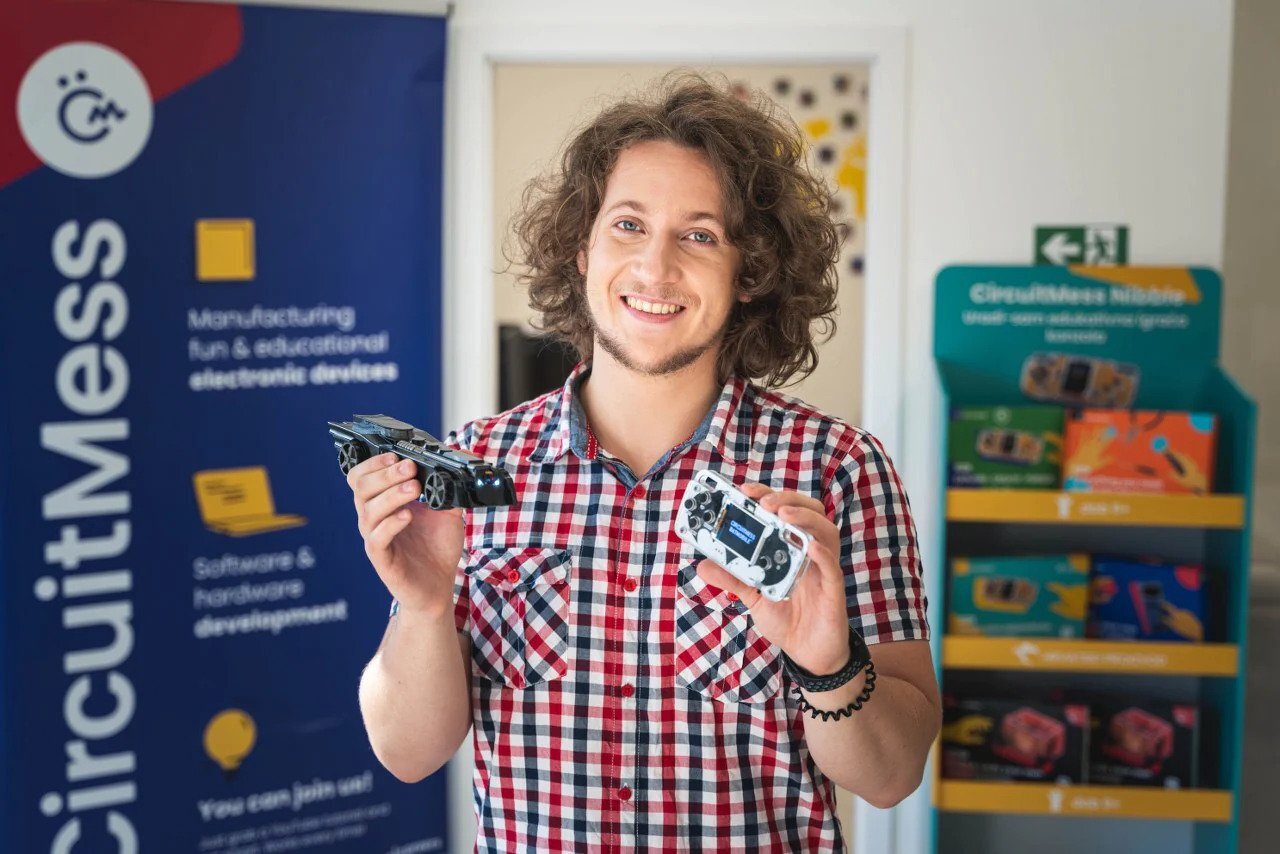Hey everyone,
I am managing a 27-people startup called CircuitMess that is designing, manufacturing, and distributing fun and educational electronic devices.
We are currently in the midst of the fulfillment of our latest Kickstarter campaign called STEM Box (https://www.kickstarter.com/projects/albertgajsak/circuitmess-stem-box).
More specifically, we are producing the first product in the series of STEM Box products called Spencer:

I going to focus on the process of producing the casings for 3500 Spencers. The most interesting part is that we are doing this ourselves.
This is what the process looks like:
So, this is how the production process works:
1) The material that is used for your Spencer’s casings is called Polymethyl methacrylate, usually dubbed as acrylic plastic, acrylic glass, Crylux, Plexiglas acrylic, Acrylite, etc.
The material comes in sheets like this:

2) the sheets are cut using a 130W CO2 laser cutting machine.
This machine has a laser tube with CO2 gas inside that produces a laser beam when put under a high voltage.
The laser beam is focused using a series of mirrors and lenses in order to cut various materials such as plastic, wood, leather.

3) this is what the plastic parts look like after the cutting is complete.
The casings are completely transparent, but they look blue here because they have a blueish protective sticker on them.
The protective sticker protects the material in the transportation and cutting process.

4) The acrylic sheets look like this after the cutting is finished.

Hope you find this insightful.
We’re currently done with 50% of the full quantity of the casings that we need.
The machine produces roughly 120pcs of Spencer’s casings per day in 8 hours of work.
I’ll try to write and describe the other parts of the production process as we progress.
- Albert and the team




